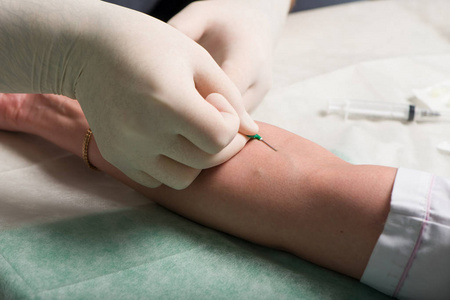Do you know about the nursing needle "miracle tool" that assists nurses in vascular puncture
Intravenous infusion is the most widely used nursing technique in clinical practice and an important way of drug administration Nursing staff face many difficult veins every day, such as long-term infusion, vascular collapse, edema, sclerosis, and other veins, which usually have varying degrees of vascular damage. For patients with such difficult veins, nurses often encounter puncture failures when searching for blood vessels with their naked eyes and hand feel. Repeated punctures also bring great pain to patients.

Seeking more effective methods for venipuncture, improving the success rate of one-time puncture, enhancing the quality of nursing services and patient satisfaction, infrared visualization technology has begun to be applied in clinical practice for patients. Below, the editor will take you to understand the principles and how to use the vein viewer device?

Principle of infrared visualization technology for needle piercing "artifact"
Visible light can only penetrate the skin by 1-2mm and is mostly reflected and scattered. Infrared light penetrates deeper into the skin and can directly reach the dermis layer where the superficial veins are located. The needle piercing "artifact" projection vein viewer device utilizes the principle that infrared light has strong penetration in the skin, and hemoglobin absorbs infrared light more strongly than other skin tissues.
Project specific wavelengths of infrared light onto the skin - collect infrared images of the skin using photosensitive elements - process digital images to form blood vessel distribution contours - and then use a projector to accurately reproduce the image on the surface of the skin.

What are the advantages of using infrared visualization technology to prick the "miracle tool"?
It can improve the success rate of difficult vein puncture for patients, reduce patient pain, minimize the damage to blood vessels caused by repeated punctures, alleviate the psychological pressure on nurses, and significantly increase patient and family satisfaction. Successfully achieved the forearm vein puncture and safe retention required by INS guidelines, ensuring patient continuity of treatment. By using visualization technology to insert needles, we have solved the problem of peripheral vein puncture. As nursing staff, we need to fully rely on the power of technology to achieve technological improvement.
